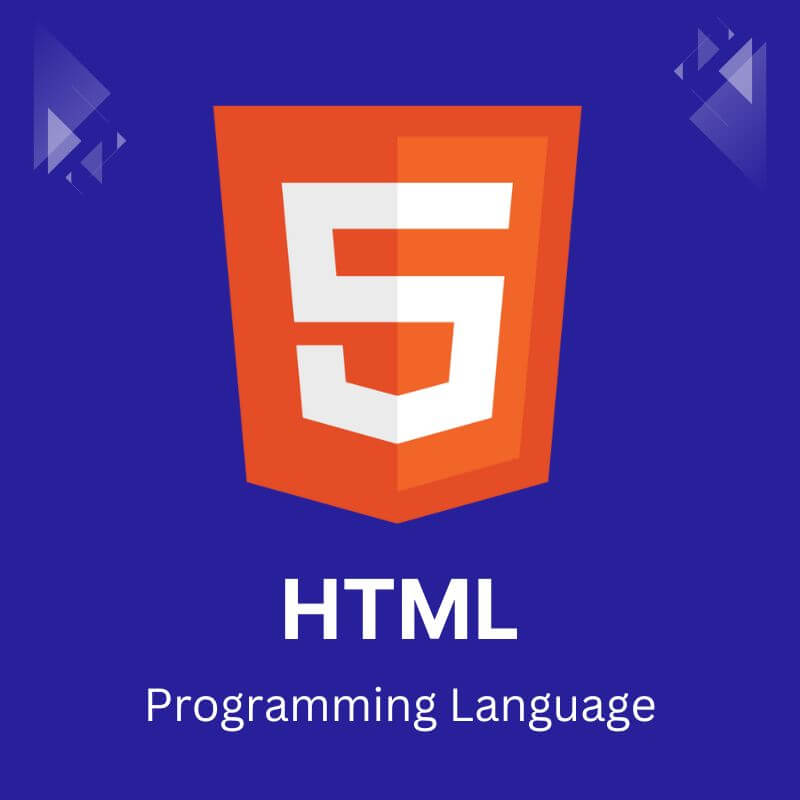When it comes to structuring web content, HTML headings play a crucial role in organizing information and enhancing the overall user experience. Headings provide a hierarchical structure to your web page, allowing both users and search engines to grasp the content’s organization.
Importance of HTML Headings
HTML headings play a crucial role in several aspects of web development and content organization. Their significance can be highlighted through the following points:
1. Content Structure and Hierarchy
Headings provide a clear and logical structure to your web content, allowing users to easily navigate and understand the hierarchy of information. By using headings appropriately, you create a visual representation of the content’s structure, making it simpler for users to scan and locate specific sections or topics of interest.
2. User Experience and Readability
Well-structured headings enhance the overall user experience by improving the readability and scannability of your content. Headings act as signposts, guiding users through the content and helping them quickly identify relevant sections. This is particularly beneficial for users who prefer to skim content or have limited time or attention spans.
3. Accessibility
Proper use of headings is essential for accessibility purposes. Screen readers and other assistive technologies rely on headings to convey the structure and organization of web content to users with visual or cognitive impairments. By implementing headings correctly, you ensure that your website is accessible to a wider audience, including those with disabilities.
4. Search Engine Optimization (SEO)
Search engines use headings as a crucial factor in understanding the content and structure of a web page. Well-crafted and descriptive headings can improve your website’s visibility in search engine results pages (SERPs) by providing context and relevance to search engines. This can positively impact your website’s search rankings and organic traffic.
5. Content Organization and Navigation
Headings serve as visual cues and anchors for organizing and navigating through lengthy or complex content. They break down information into manageable sections, making it easier for users to quickly locate specific topics or jump between different parts of the content.
6. Consistent Branding and Design
Headings can be styled using CSS to align with your website’s branding and design guidelines. By establishing consistent heading styles throughout your website, you create a cohesive and professional appearance, reinforcing your brand identity and improving the overall aesthetic experience for users.
HTML Heading Tags
HTML provides six heading tags, ranging from <h1> to <h6>, each indicating a different level of importance and hierarchy. The <h1> tag represents the highest level of heading, typically used for the main title of the page. As the number in the tag increases, the importance and size of the heading decrease.
Here’s an example of how to use HTML heading tags:
<!DOCTYPE html>
<html lang="en">
<head>
<meta charset="UTF-8">
<meta name="viewport" content="width=device-width, initial-scale=1.0">
<title>My Web Page</title>
</head>
<body>
<h1>Main Title</h1>
<p>Some introductory text...</p>
<h2>Section 1</h2>
<p>Content of section 1...</p>
<h2>Section 2</h2>
<p>Content of section 2...</p>
<h3>Subsection 2.1</h3>
<p>Content of subsection 2.1...</p>
<!-- And so on... -->
</body>
</html>
Best Practices for Using HTML Headings
- Semantic Meaning: Use heading tags to convey the logical structure of your content. Avoid solely relying on formatting or styling for visual hierarchy.
- Hierarchy Matters: Maintain a clear and consistent hierarchy. Use <h1> for the main title, followed by <h2>, <h3>, and so on, to establish a logical flow.
- One <h1> per Page: Limit the use of <h1> to a single instance on each page. This tag should represent the primary topic or purpose of the page.
- Progressive Importance: Ensure that heading levels progress logically. Avoid skipping levels (e.g., going from <h2> to <h4> directly), as it may confuse both users and search engines.
- Descriptive Text: Write concise and descriptive heading text. It should provide a clear overview of the section’s content without being overly lengthy.
- Accessibility: Consider accessibility by choosing heading text that is informative and descriptive for screen readers. Avoid using headings for styling purposes only.
- CSS Styling: Use Cascading Style Sheets (CSS) to control the visual presentation of headings. This allows you to maintain a consistent style across your website while keeping the HTML focused on content structure.
- Mobile Responsiveness: Ensure that your headings are responsive to different screen sizes. Test your web page on various devices to confirm that the headings remain readable and well-organized.
HTML headings are a fundamental aspect of web development, providing structure, organization, and context to web content.
By adhering to best practices and maintaining a logical hierarchy, developers can enhance user experience, improve accessibility, and potentially boost their website’s search engine rankings.
Whether creating a simple webpage or a complex web application, mastering the proper use of HTML headings is an essential skill for any web developer.


